From Pup to Protector: Raising a House Full of Guardians
There’s something deeply rewarding about raising dogs who are more than just pets—they’re partners. Protectors. Loyal companions who understand when it’s time to play and when it’s time to stand guard. My journey didn’t start with a plan for a pack, but with a single puppy named Kimbo and a desire to raise a dog who could balance gentleness with vigilance.
What followed was years of structured training, building trust, managing a trio of powerful personalities, and learning how to lead a pack—not just of dogs, but of guardians.
Kimbo: The Foundation of Our Home Security
Kimbo was my first. A ball of energy with sharp eyes and a strong instinct even as a pup. I knew from the beginning that I didn’t want just a playful companion—I wanted a dog who could help keep me safe while still fitting into a family-friendly lifestyle.
Training began early. I taught him to bark—not out of fear or excitement—but with purpose. Every knock at the door, every unfamiliar car in the driveway, he’d give a sharp, alert bark. But once I let someone in, Kimbo would switch gears instantly. Calm, composed, respectful.
One of the most important parts of his training was learning how to read people on walks. I taught him to position himself between me and anyone following too closely. If someone seemed “off,” Kimbo would stiffen, growl, and let them know to keep their distance. I didn’t teach him to be aggressive—I taught him to be aware. There’s a difference, and he understood it better than most people.
Cheick: Balancing Brotherhood and Boundaries
Six months later, Cheick joined the crew. I knew I was introducing more than just another dog—I was shaping the beginning of a pack. That meant two things: training him with the same protective instincts and ensuring that Kimbo and Cheick could coexist, respect each other, and work together.
Bonding the two was easier than I expected. With firm structure, clear rules, and a lot of supervised play, they quickly became inseparable. But the training didn’t stop at sit and stay. Cheick learned that protection starts with observation and ends with control.
He wasn’t raised to be the neighborhood’s favorite tail-wagger. He was trained to be respectful, responsive, and reliable. Both dogs were extremely friendly—but only when I said it was okay. Strangers never got to assume access. Petting was permission-based. If you were a child, though, that rule seemed to vanish. It’s like they instinctively knew kids were different. Softer. Safer.
Kato: The Final Piece of the Pack
A year later, I brought home Kato. This time, the challenge wasn’t just raising a guard dog—it was managing a full pack. Three dogs, each still young, full of energy, and protective by nature.
Kato had the advantage of watching his older brothers. He mirrored their behavior in ways I hadn’t even expected. If Kimbo barked at the door, so did Kato. If Cheick sat calmly on cue, Kato followed. It reinforced how dogs learn from each other—and how important it was for me to lead consistently.
Their dynamic was incredible. Each dog knew their place, not just in the home, but in the pack. They moved together, played together, trained together. And they looked to me as their Alpha—not out of fear, but because they trusted me to lead.
Training Philosophy: Firm, Fair, and Focused
People often ask if my dogs were trained using force. The answer is no—but that doesn’t mean the training was soft.
I used positive reinforcement: praise, treats, play, and affection. But it was earned, not given freely. They weren’t trained to expect rewards for every little thing. They were taught that structure brings freedom. When rules are clear, dogs thrive.
Because they were being trained as guardians first, obedience was non-negotiable. They had to respond the first time. I taught them to focus. To ignore distractions. To be polite in public and powerful at home.
One of the most nuanced parts of their training was their prey drive. At home, I left it alone—it fueled their alertness and defensive instinct. On walks, however, I trained it down. No chasing squirrels, lunging at cats, or dragging me across the street. They learned to switch gears when the leash was on.
The Realities of Training a Pack
Three large dogs with high intelligence, energy, and drive means one thing: constant engagement. Mental and physical.
We hiked, played, practiced drills, explored new environments. I used puzzle toys, scent games, and even introduced them to household chores like carrying small items in backpacks.
There were challenges. Days when one refused to focus. Moments when two ganged up on the third during play. Situations where they fed off each other's energy in not-so-productive ways. But those moments passed. And each rough patch taught me more about patience, consistency, and the importance of trust.
They didn’t just learn from me—they learned from each other.
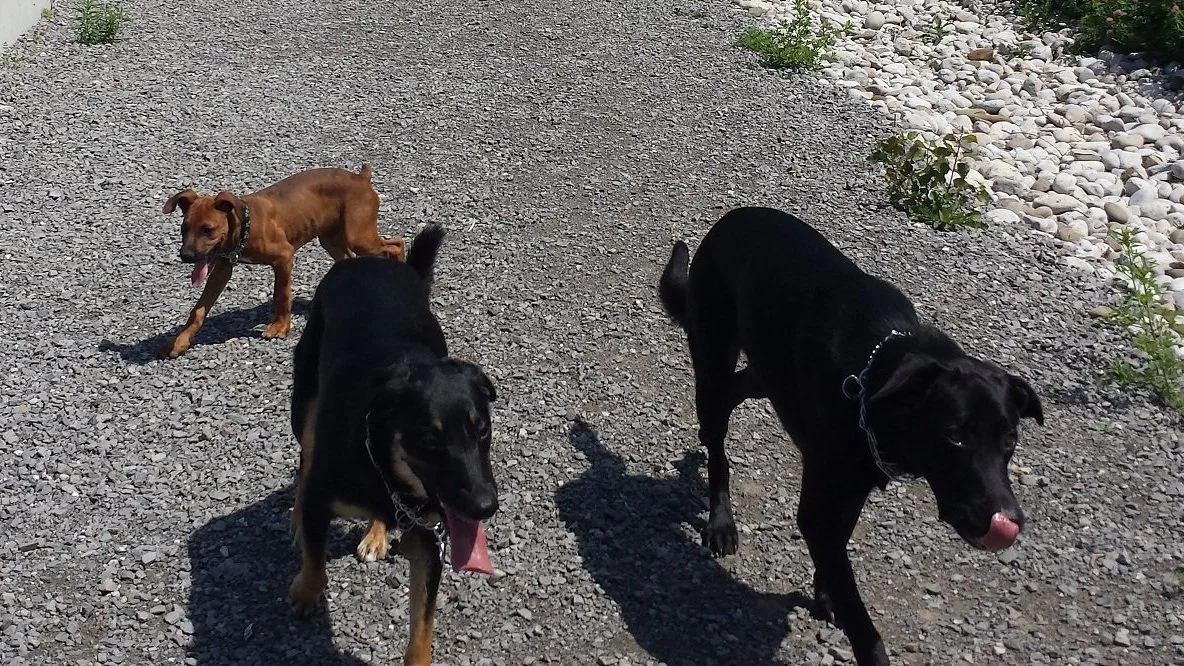
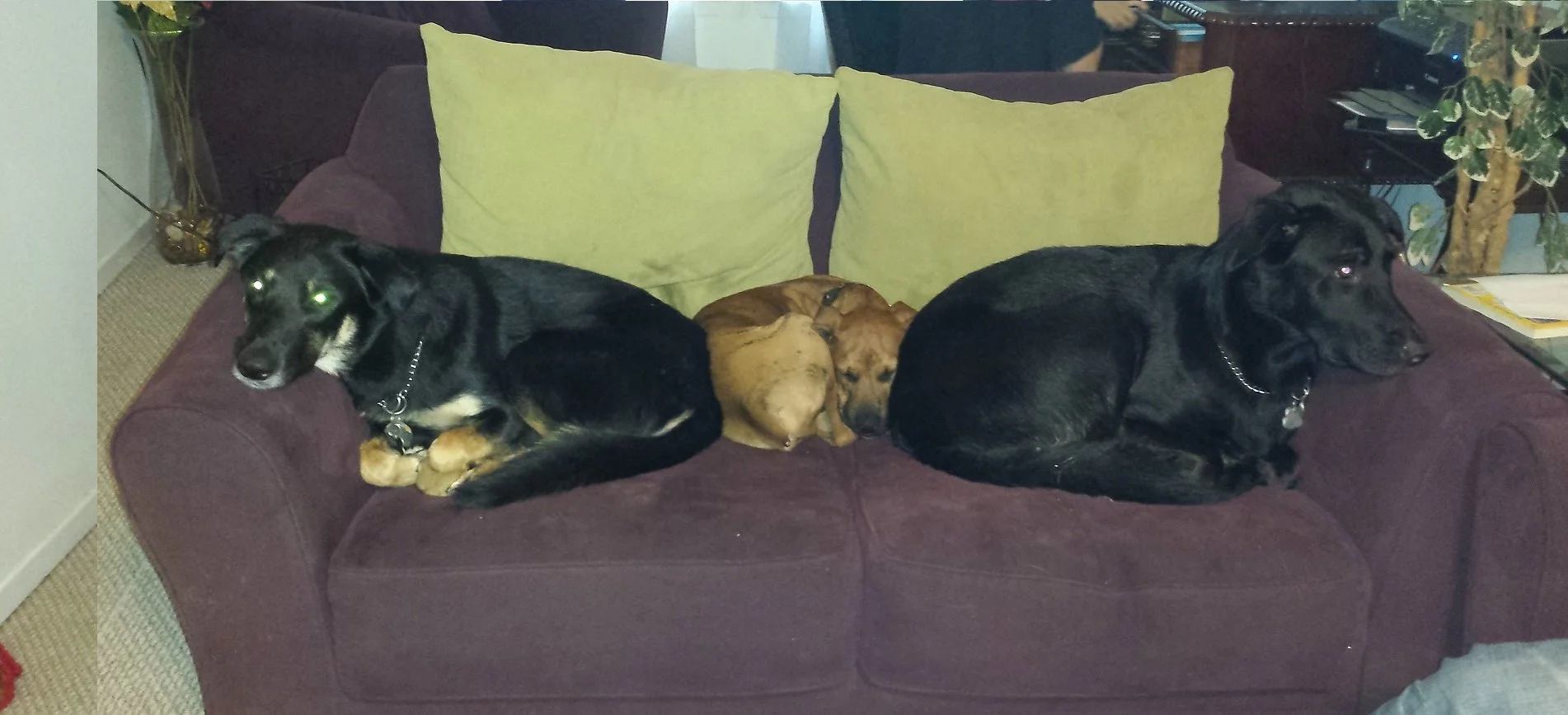
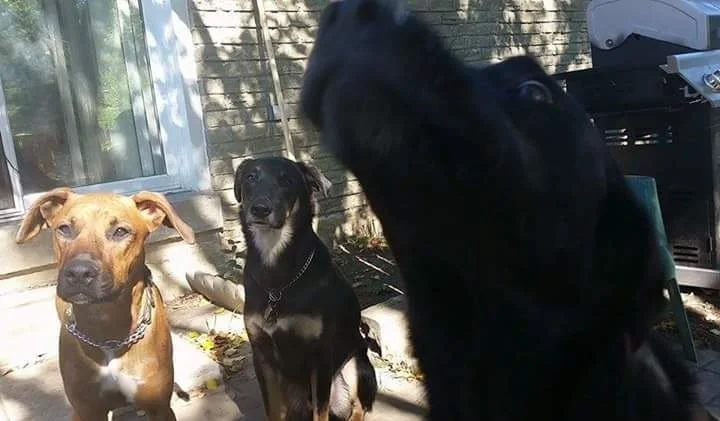
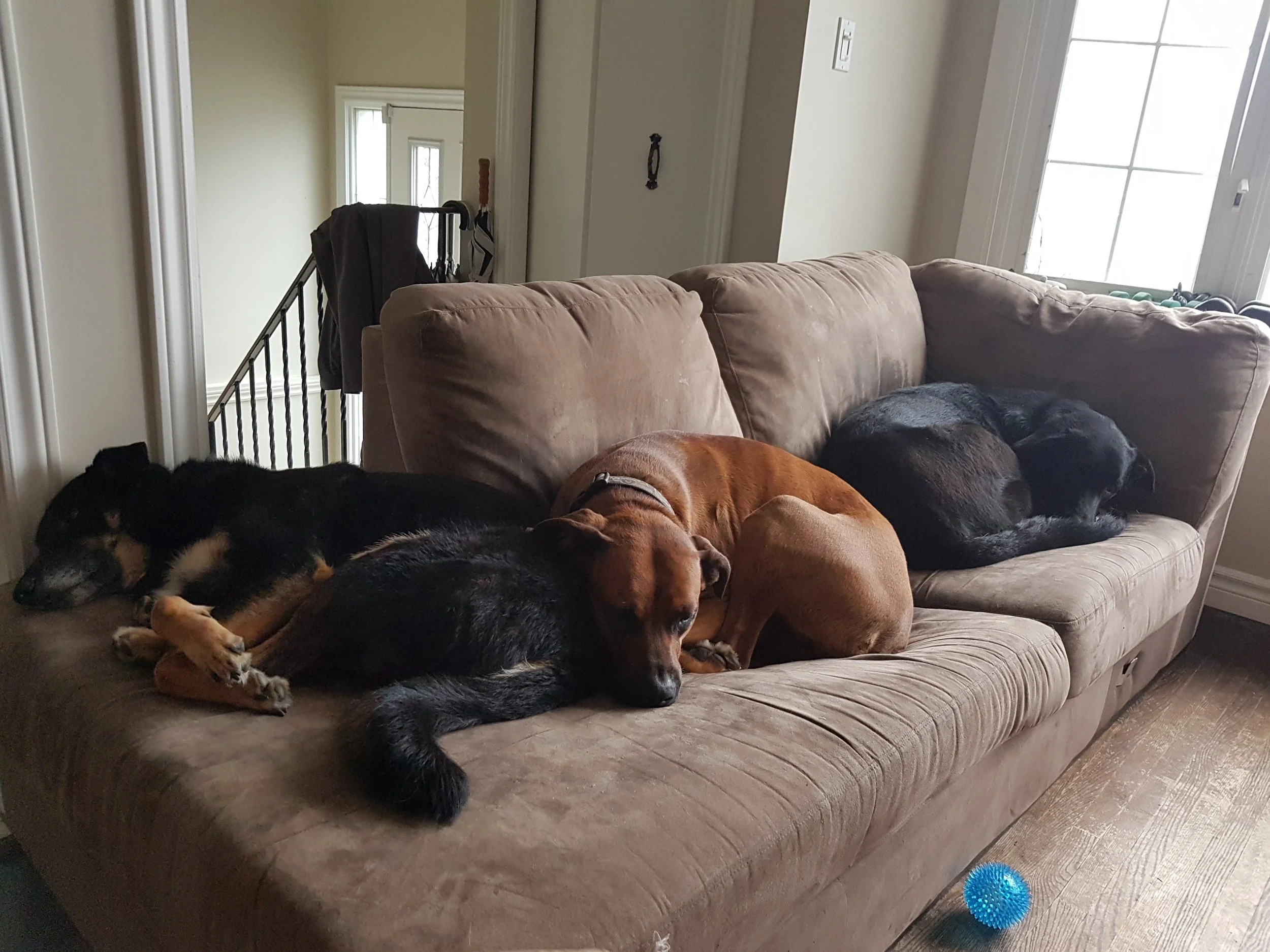
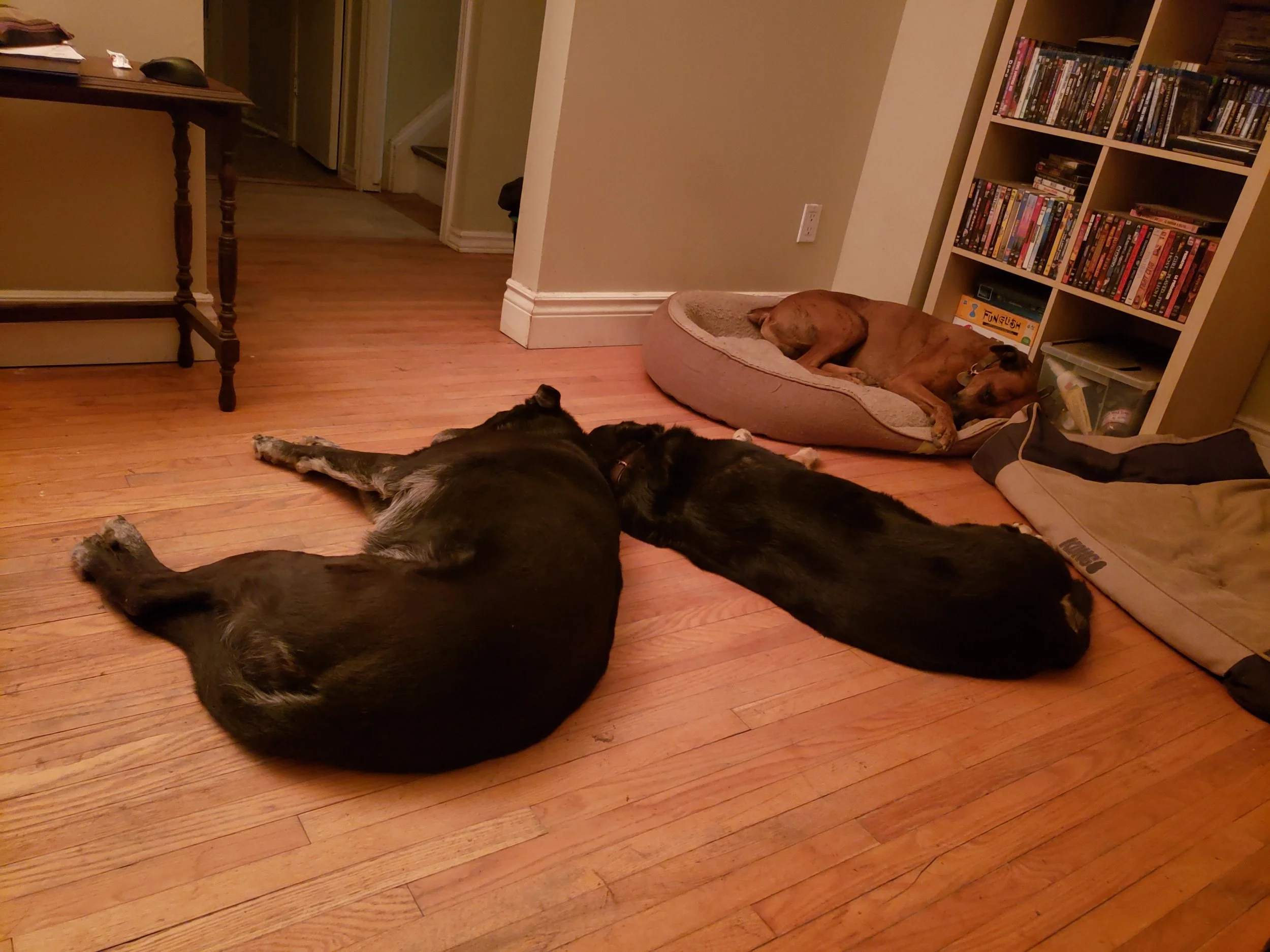
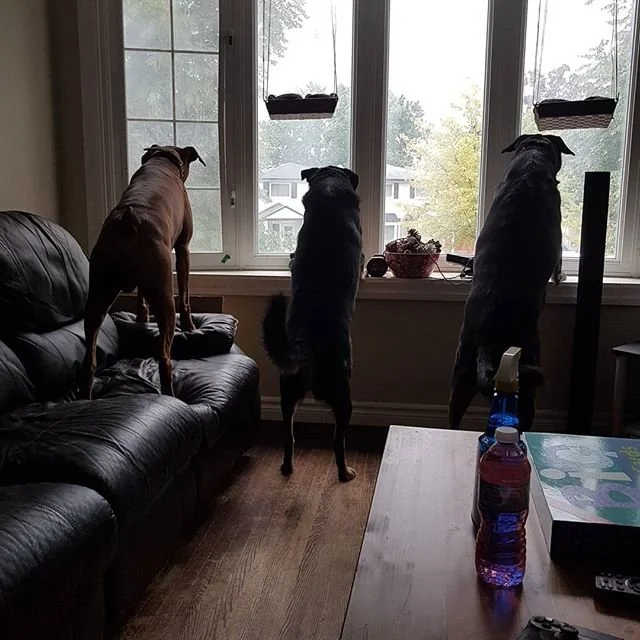
Striking the Balance: Family First, Protection Always
These dogs are more than just security—they’re part of my family. They curl up on the couch, play with nieces and nephews, and lay their heads in my lap at the end of the day. But they’ve never forgotten their role.
I sleep better knowing I have a team watching over me. When we go for a walk, I’m not alone—I’m flanked by calm, confident protectors who can shift into defense mode if needed. Not with violence, but with presence. That’s often all it takes.
They don’t bark at every dog. They don’t charge at people. They’re trained to observe, not overreact. And when they do bark, it means something.
Why I Chose This Path
I didn’t train my dogs this way because I was afraid—I trained them because I respect the power of what a dog can be when guided with purpose. I wanted companions who could share in everyday life while giving me peace of mind.
Not everyone needs a guard dog. But for me, raising protectors has made my home feel safer, my bonds feel deeper, and my role as a leader more meaningful.
These aren’t just pets. They’re my team. My pack. And I wouldn’t have it any other way.
Thinking of training your own dog to be both a housemate and a protector?
Start early, stay consistent, and never underestimate the power of structure, trust, and mutual respect.
Need help getting started? Check out our training services or reach out for a consultation. Building a balanced dog starts with building a better bond.




